Solar Farm Design and Construction
Solar energy can be generated almost anywhere. The main considerations are the amount of sunlight and the value of the electricity being used or sold. What is best for one area may not be best for another. This article will discuss the process that solar farm developers typically follow as well as some key aspects of solar farm design and construction.
Site Selection
In order to ensure the most efficient solar farm, it is important to consider site selection. Site selection should be based on a few key factors:
- Avoid areas prone to flooding. While some areas may appear ideal for your solar farm, they may also experience frequent flooding or drought. Because of this, it is critical that you avoid any sites that are prone to flooding or drought so as not to disrupt your power supply.
- Avoid areas prone to landslides and other natural disasters like tornadoes and hurricanes because these can damage or even destroy parts of your solar farm at any time without warning.
- Avoid high-wind zones where there’s an increased risk that strong winds will blow away panels or damage them beyond repair (even if they have been installed correctly).
Feasibility Study
A feasibility study is the first step in the planning process. It is a detailed study of the project site and the site’s suitability for solar power generation. Feasibility studies should include an analysis of technical, environmental, and economic feasibility as well as a detailed cost estimate.
In most cases, it is recommended that a commercial scale solar farm be designed by an engineer with experience designing or constructing large-scale solar projects.
Obtaining Permits and Contracting
The first step in constructing a solar farm is to obtain all necessary permits and contracts. Solar farms require permits from local governments, federal agencies, and tribal authorities. They also require transmission line rights-of-way and easements for connecting to the grid. The landowner leasing his or her land for installation of the solar panels must enter into a contract with the solar farm company that details how much money he or she will receive as compensation for use of their property. The power purchase agreement (PPA) between the utility company buying the energy generated at your project site would also be required before construction can begin.
Marketing and Investment
Once the design and all the necessary approvals have been completed, it’s time to start marketing the project. The solar farm will also need financing, a loan or investment from a private or public institutions, and this can take months in some cases.
To secure investment, the solar farm developer will need to create a financial plan that shows how much money the solar farm would make each year, as well as its projected income and expenses over time. This should include an estimate of how much energy it will produce at different times of day, as well as how many people work on site during each season.
Engineering and Construction
Once the financing has been secured the engineers will draw up a plan of the proposed infrastructure and hand it over to the contractors to build. This includes engineering requirements such as:
- Installation of the photovoltaic panels.
- Installation of an inverter (to convert DC to AC energy).
- Installation of a solar farm monitoring system to keep track of how the solar farm is performing at all times.
Once this is complete, the contractor can connect the solar farm to the grid.
Operations and Maintenance
Operations and maintenance (O&M) is the process of ensuring that a solar power system is working properly and is able to generate electricity at the desired capacity. O&M includes cleaning, inspection, and maintenance of solar panels, inverters, and other equipment.
Conclusion
We hope that this guide has given you some insight into the process of solar farm planning, design and construction. If you still have any questions please don’t hesitate to contact us.

Mikhail Janowski
Mikhail is passionate about business, solar energy and blockchain. During his time at Regent Renewables his understanding of the solar energy industry and blockchain technology has grown drastically, giving him the ability to share some of that knowledge.
